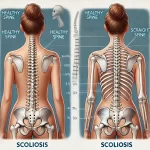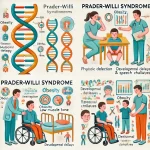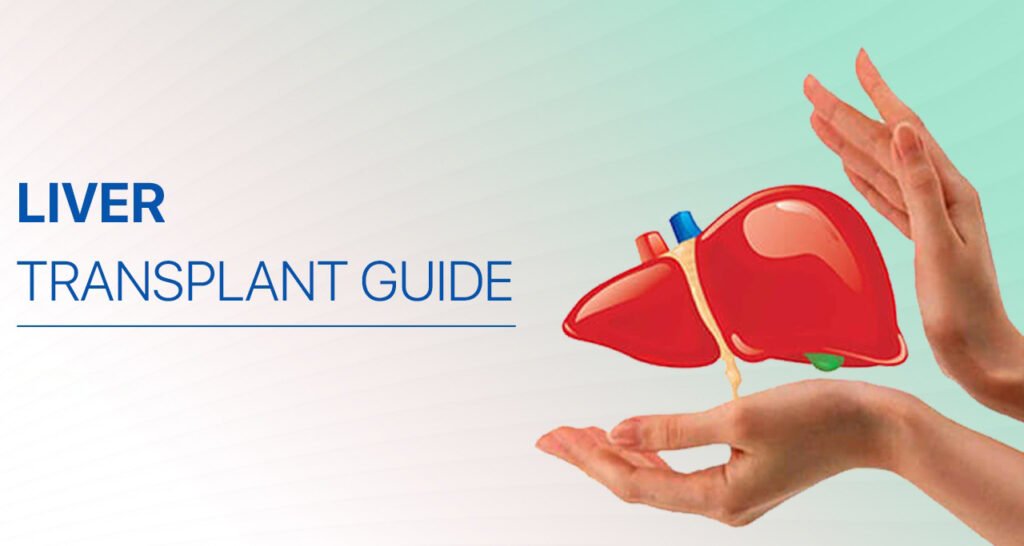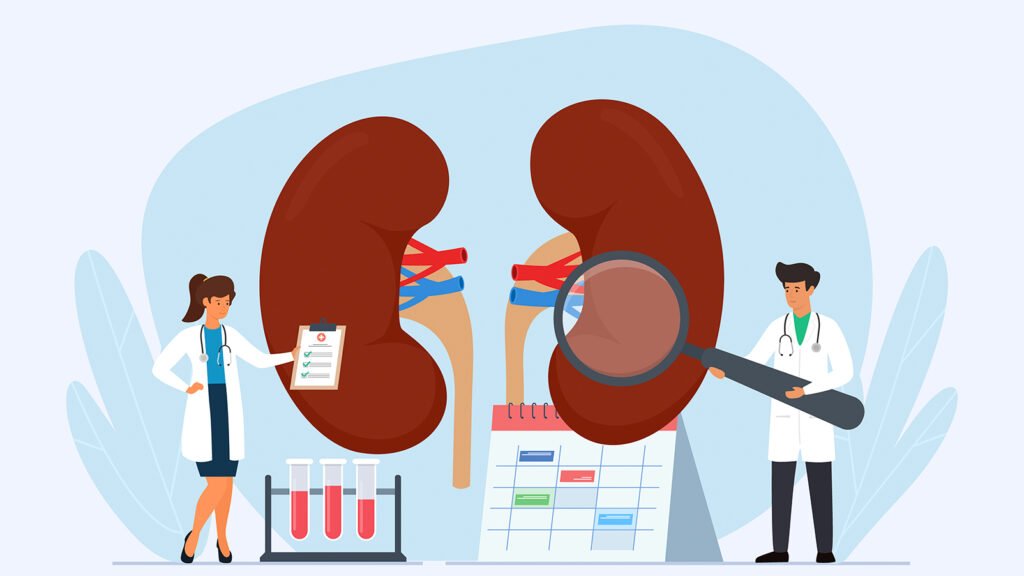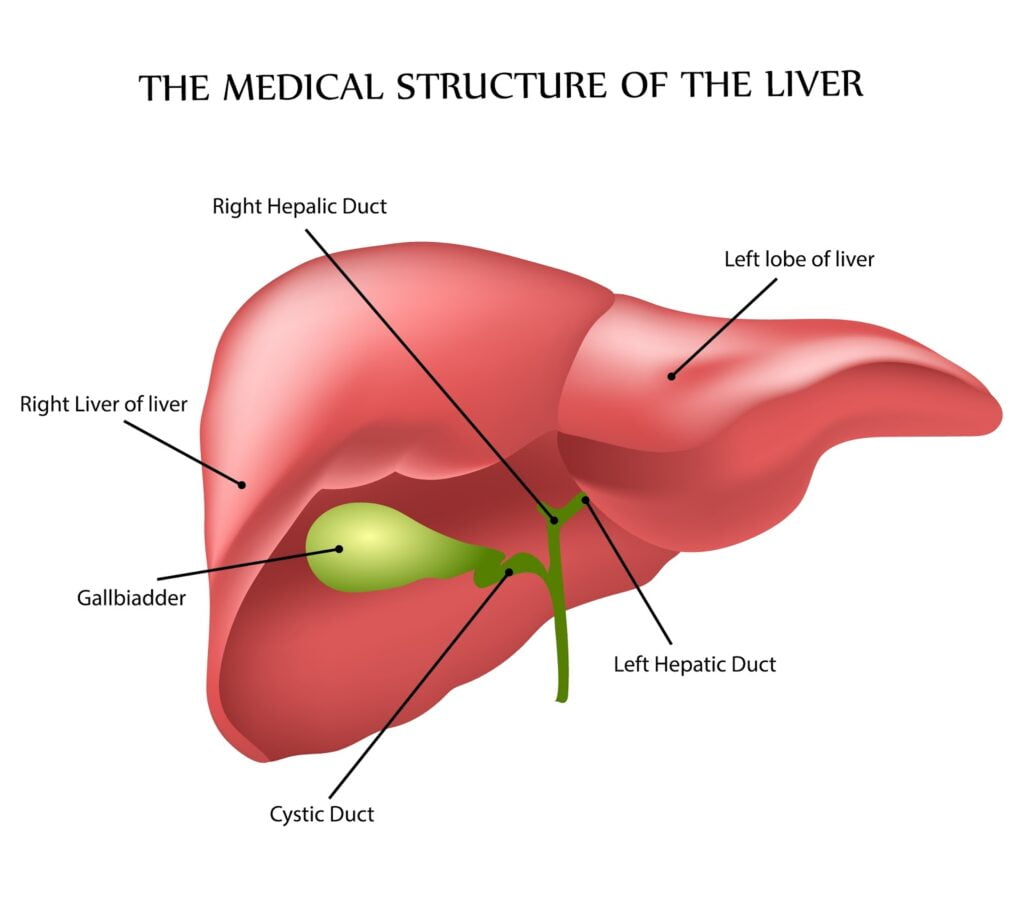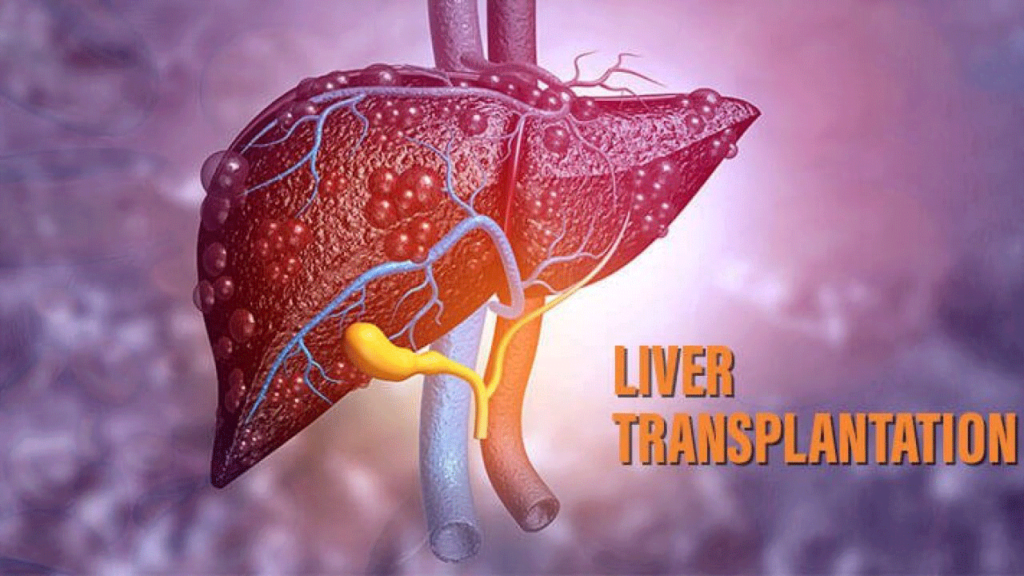Music therapy is a complementary treatment that uses music-based interventions to address patients’ physical, emotional, cognitive, and social needs. The aim of music therapy is to enhance patients’ overall health and well-being and improve their quality of life during and after medical treatment. Music therapy has been shown to have positive effects on patients with various medical conditions, including cancer, chronic pain, mental health disorders, and neurological disorders. Music therapy interventions may include listening to music, singing, playing musical instruments, composing music, or engaging in movement-based activities.
Music therapy can be particularly useful for patients undergoing bone marrow transplant, as they experience a wide range of physical and psychological symptoms, including pain, nausea, fatigue, depression, anxiety, and social isolation. Music therapy can help patients cope with these symptoms and improve their mood, motivation, and cognitive functioning. Let’s delve deeper into the specific ways music therapy can aid in bone marrow transplant recovery.
Pain is a common symptom experienced by patients undergoing bone marrow transplant. The pain can be due to the medical procedures, such as chemotherapy or radiation therapy, or stem cell transplant. Music therapy can help alleviate pain by activating the brain’s pain gate mechanism, releasing endorphins and reducing stress and fatigue. Listening to music or playing musical instruments can also provide a distraction from pain and improve patients’ mood and emotional state.
A study conducted on 60 patients undergoing bone marrow transplant found that patients who received music therapy reported significant reductions in pain, anxiety, and depression compared to those who did not receive music therapy. The study also indicated that music therapy had positive effects on patients’ blood pressure and heart rate, indicating a reduction in stress levels.
The potential for aGVHD is accentuated in older adults because they are more likely to have a suppressed immune system even under the best of circumstances. Studies have shown that the overall cure rates for bone marrow transplants conducted in older adults are in line with standards for younger adults, but the survival rate is lower due to complications like aGVHD.
A study conducted on 270 patients undergoing bone marrow transplant found that music therapy was effective in reducing anxiety, depression, and fatigue, and improving patients’ mood, motivation, and quality of life. The study also revealed that music therapy improved communication and social interactions among patients, enabling them to connect with others and form social support networks.
Cognitive changes are common in patients undergoing bone marrow transplant due to the effects of chemotherapy and radiation therapy on the brain. Patients may experience difficulties in concentration, memory, and problem-solving skills. Music therapy can help improve cognitive functioning by stimulating the brain areas involved in attention, memory, and executive functions.
A study conducted on 40 patients undergoing bone marrow transplant found that music therapy improved cognitive functioning, including attention, working memory, and cognitive flexibility. The study indicated that music therapy helped patients cope with the cognitive challenges and improve their overall quality of life.
Patients undergoing bone marrow transplant often experience isolation and lack of social support, which can negatively impact their emotional and psychological well-being. Music therapy can provide a platform for patients to connect with others and enhance their social support network. Music therapy interventions, such as group singing or playing musical instruments, can create a sense of unity, collaboration, and harmony among patients, promoting a positive social environment.
A study conducted on 72 patients undergoing bone marrow transplant found that group music therapy improved patients’ sense of social support and reduced feelings of isolation and loneliness. The study also revealed that music therapy increased patients’ motivation to participate in other therapeutic activities, leading to improved treatment outcomes.
In conclusion, music therapy can play a significant role in bone marrow transplant recovery by improving pain management, enhancing mood, improving cognitive functioning and providing social support. Music therapy can be an effective complementary treatment that can be easily integrated into the standard medical care for bone marrow transplant patients. However, more research is needed to validate and optimize the use of music therapy in bone marrow transplant recovery. With the incredible potential of music therapy to improve patient outcomes, it is vital that it is included in the standard of care for patients undergoing bone marrow transplant.
Allogeneic transplants have a higher risk of aGVHD than autologous transplants. While the source is often a family donor, a mismatched donor may require the use of T-cell depletion therapy. Avoiding full myeloablative conditioning can reduce the chances of the common acute and chronic complications of transplant like infection and graft versus-host disease.
doctors often tailor the chemotherapy and radiation dose quantities used for HSCT on a patient-specific basis. Lower doses are typically used for older adults as an effort to minimize potential harm to the patient’s system while still efficiently serving the primary purpose.
medical practitioners manage the side-effects and complications of HSCTs carefully. The chances for complications increase with the deteriorating medical condition of a patient. A team of medical professionals experienced in providing specialized care for elderly patients is integral to the care and management of side-effects and complications.
Bone marrow transplantation is a lifesaving treatment for those suffering from cancer or other blood-related diseases. While there are unique challenges associated with bone marrow transplantation in elderly patients, medical professionals have a range of considerations for tailoring the procedure to their specific needs. Advancements in medical care mean that healthcare providers now have the means to minimize the risks and ensure positive outcomes for an increasingly large number of patients.
The benefits of bone marrow transplantation are enormous, and the potential complications associated with bone marrow transplantation should not deter old patients who could otherwise benefit. Continued education and awareness of considerations in performing bone marrow transplantation on elderly patients can shorten their rehabilitation time and foster long-term success. With the support of a team of experienced medical professionals, elderly patients could have access to lifesaving treatments, improving their overall quality of life.
In conclusion, with the right treatment strategies, caring and management, bone marrow transplantation can be a life-changing medical procedure.
